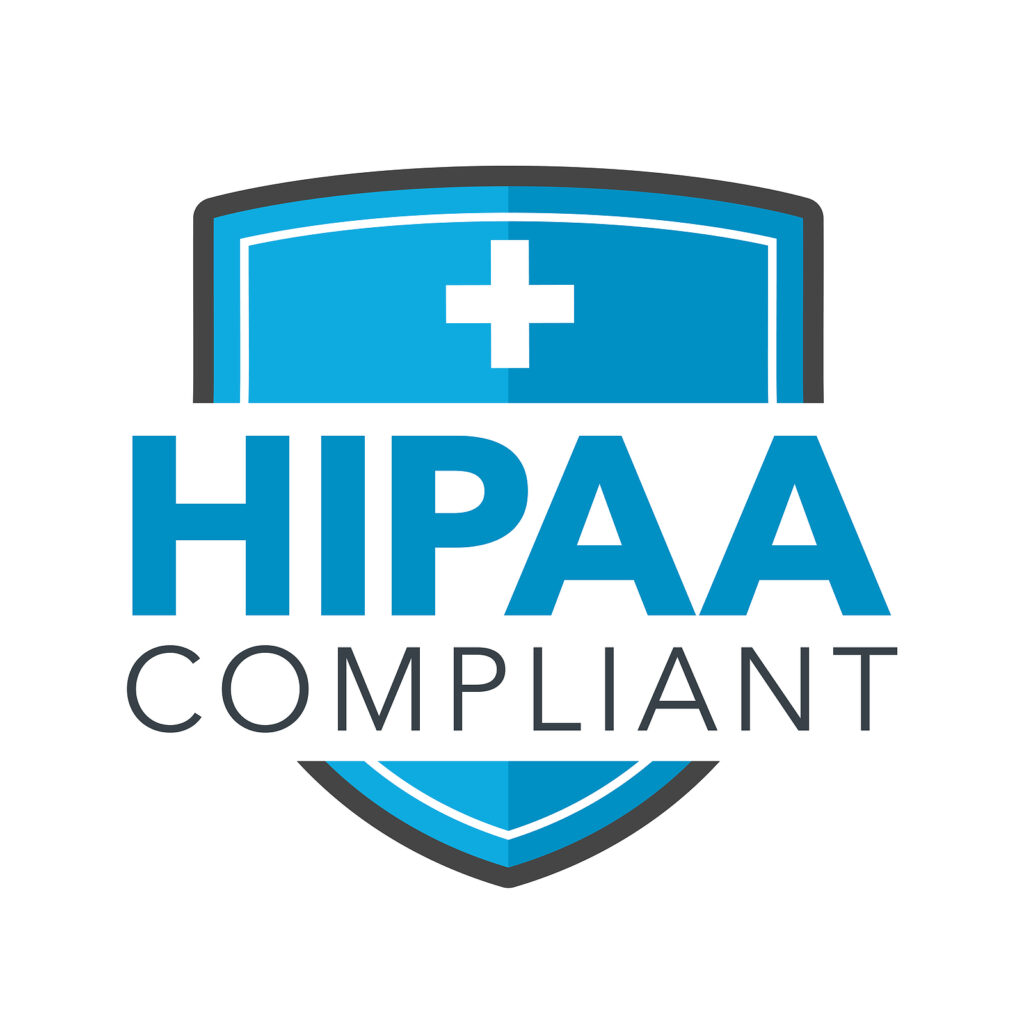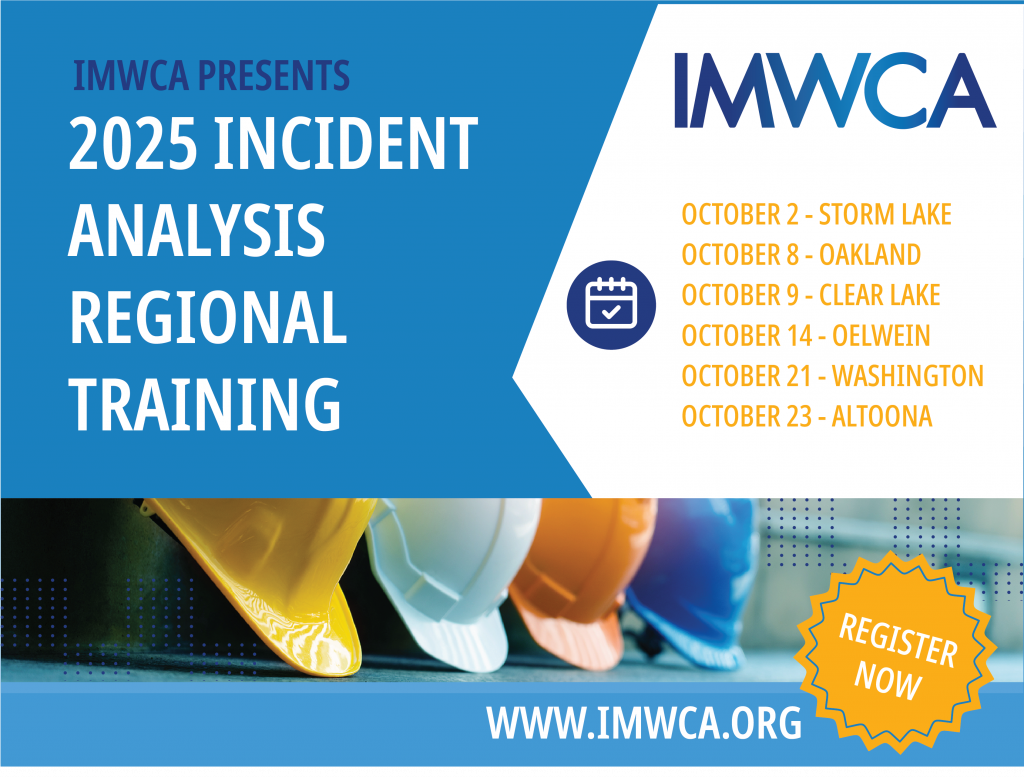
The IMWCA safety and risk improvement staff frequently recommends that the safety committee or safety coordinator provide their board or council with regular reports on the condition of the safety program and its effect on the entity’s workers’ compensation coverage. One question we frequently get is what information should we share with the board or council? This article covers some of the basics that we recommend you include in your report.
- Total workers’ compensation costs: Report the total premium or self-insurance cost for the reporting period. Given the changes in local government budgeting, this is often the most critical piece of information for the governing body. Is the premium going up or down?
- Premium breakdowns: Show how premiums are calculated and potentially reduced by safety measures and cost containment policies like a light-duty policy.
- The factors that contribute to your entity’s current and projected premium.
- Incident trends: Report on the number of workers’ compensation claims filed over time. Use graphs to show trends, such as an increase or decrease in claims over the past year or multiple years.
- Leading causes of injury: Identify the most common types of workplace injuries. This allows the board or council to focus on the most effective safety interventions.
- High-risk departments: Break down claim frequency and severity by department (e.g., Secondary Roads, Law Enforcement, Fire, Parks and Recreation) to highlight areas needing the most attention. This information can also be used by the governing body to allocate the premium costs to departments that generate the claims.
- Claim outcomes: Report on the aggregate status of claims (e.g., the number of claims opened, closed, or still in process), without revealing information about specific individuals or detailed claim costs, as this could be subject to open records.
- Safety initiatives: Describe specific programs or training that have been implemented to improve workplace safety. Presenting a cost-benefit analysis of these programs can justify their budget. For example, explain how defensive driving courses have reduced vehicular accident claims.
If you are interested in creating a report for your board or council, the IMWCA safety and risk improvement, along with your local agent, can assist in gathering necessary information and presenting the report to your board or council.

Join IMWCA is welcoming our new Human Resources Specialist!
IMWCA Welcomes
Suzanne Kashawlic
Suzanne Kashawlic earned her bachelor’s degree in Human Resources Management from the University of Maryland University College and began her career as an HR generalist with Shoppers Food & Pharmacy, focusing on labor relations, employee relations, and training.
She went on to spend 15 years with the Federal Government, serving at the Department of Agriculture, the Social Security Administration, and the State Department as an employee relations specialist. In these roles, she advised managers on performance and misconduct issues, managed disciplinary processes, and developed and delivered training programs. She also served as a leadership coach and facilitator.
In December 2024, Suzanne, her husband and their daughter relocated from Maryland to Boone County to be closer to their oldest daughter and her fiancé. They now enjoy life on a small farm with two dogs, a flock of chickens, and a group of sheep they help care for.

How to Share Incident Analyses Without Violating Privacy
When presenting the findings of a workers’ compensation incident analysis during your safety meeting, remember to remove all identifiable or personal medical information. While HIPAA does not directly apply to most employers, protecting personal health information (PHI) is a critical best practice for maintaining employee trust and avoiding privacy violations under other laws. This means focusing on the details of the incident and the type of injury while omitting any personal information about the employee involved.
How to de-identify and discuss injury information:
The key is to discuss the “what,” “where,” and “how” of the injury, but never the “who.”
What to include
- Incident description: A detailed, non-identifying account of the injury.
- Example: “A maintenance technician sustained a laceration on their hand while using a grinding machine in the west wing.”
- Cause of the injury: The specific factors that led to the incident.
- Example: “The incident was caused by a failure to use the machine guard during operation.”
- Injury type and severity: The general category of injury and its seriousness, without revealing any personal health details.
- Example: “The injury was a deep cut that required sutures.
What to exclude
To protect the employee’s privacy, remove all individually identifiable health information, including:
- Names (first, last, and middle)
- Contact information (phone number, address, email)
- Medical information that goes beyond the basics of the work-related injury (e.g., pre-existing conditions, specific medications, a detailed prognosis)
- Job title, if it could identify the person in a small group or facility

Discover the critical steps to take when handling workplace incidents, why timely analysis is key, and get expert answers to your questions at one of our six free training sessions.




